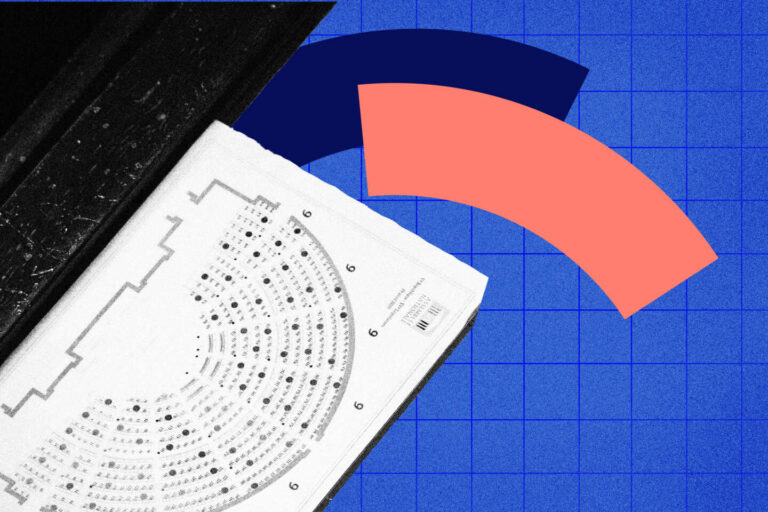
French politics has entered a period of unprecedented uncertainty since President Emmanuel Macron announced the dissolution of the National Assembly on Sunday 9 June. Changes within political parties and the threat of the far right ahead of early parliamentary elections scheduled for 30 June and 7 July have made the outcome less predictable than at any time since the founding of the Fifth Republic in 1958. There are many, and sometimes conflicting, uncertainties, including what political alliances will be formed, the profile and number of candidates, voter turnout, and the nature of the entirely improvised electoral campaign.
The first obvious difficulty lies in the voting system itself: even if the election campaign is national and includes the participation of key figures from each side, including the president, there are still 577 different ballot papers. A simple extrapolation of the results of the 9 June European Parliament elections, which had a single round of voting with 38 candidate lists, to parliamentary elections gives only a general indication.
The party does not expect any extreme differences in votes among those who did cast their ballots, especially among the far-right National Assembly (RN) party, because they are different and likely to have different motivations. Macron is aware of this, and won a fairly clear victory in the 2022 presidential election (58.5% of the vote, compared to Marine Le Pen’s 41.5%), but failed to win an absolute majority in the National Assembly in the process.
The second difficulty comes from the level of voter turnout, one of the hardest for pollsters to predict. Analysis of voting behavior over time has shown that voters fall into three broad categories. For example, in 2022, 16% of voters, or about 8 million people, did not participate in any of the four votes that year (two presidential and two parliamentary elections). Meanwhile, 36.4% of registered voters participated in all four. Between them, 47% are what the French National Institute of Statistics and Economic Studies (INSEE) calls “intermittent voters.” This demographic is a priority target for mobilization by political parties and their candidates. The country’s demographic changes have increased the electoral population by 500,000 people compared to 2022.
All the signs are Turnout in the 2024 parliamentary elections will be higher than in the 2022 elections, where 53.7% of registered voters abstained from voting, a record high. In which constituencies will those who abstained in 2022 vote in 2024? How will this affect their vote?
You still have 66.48% of this article to read. The rest is available to subscribers only.

